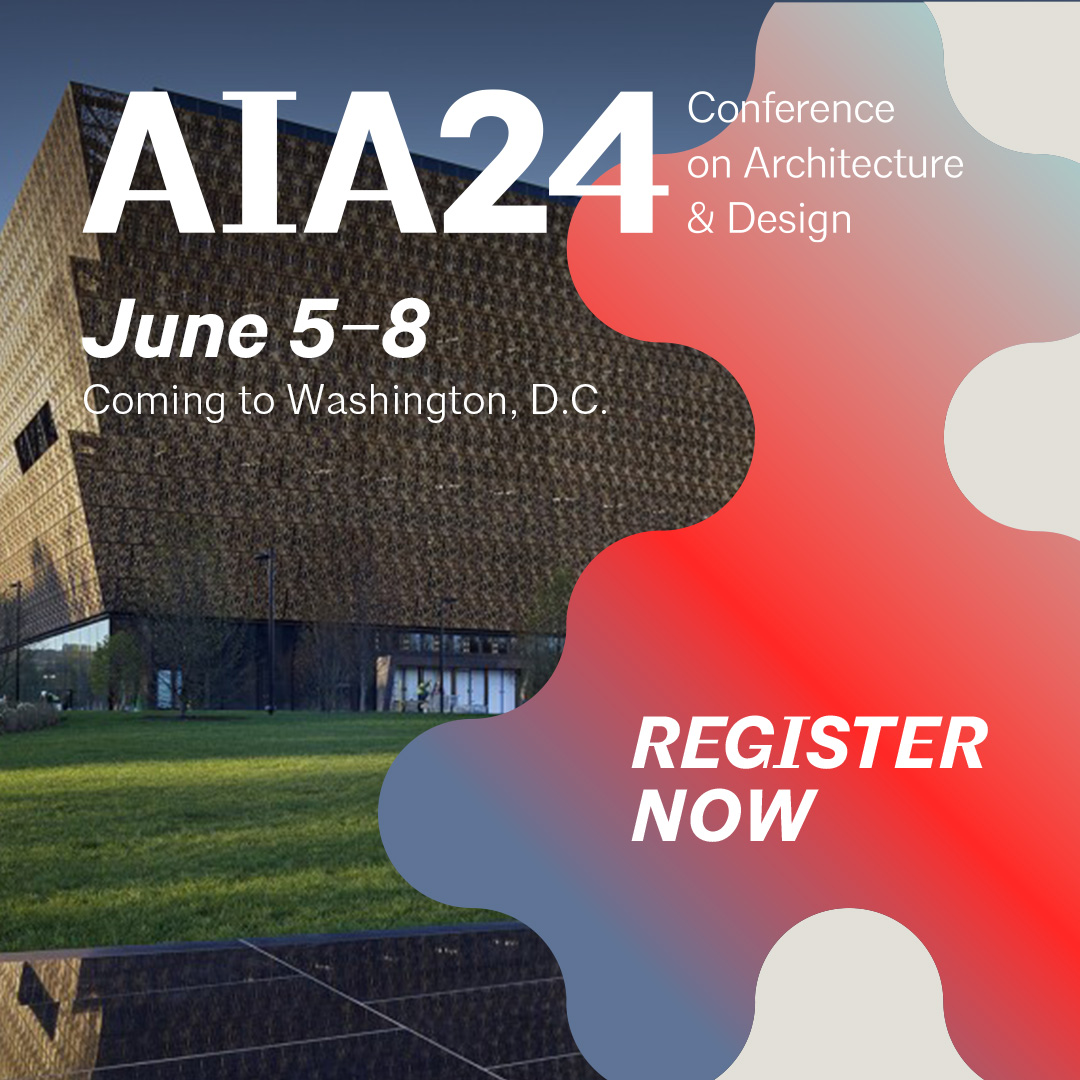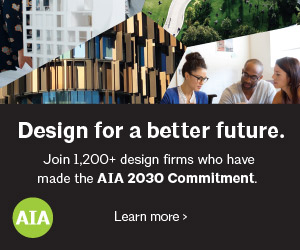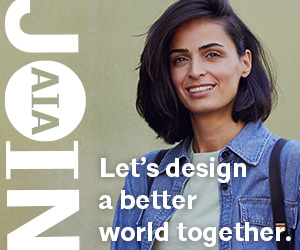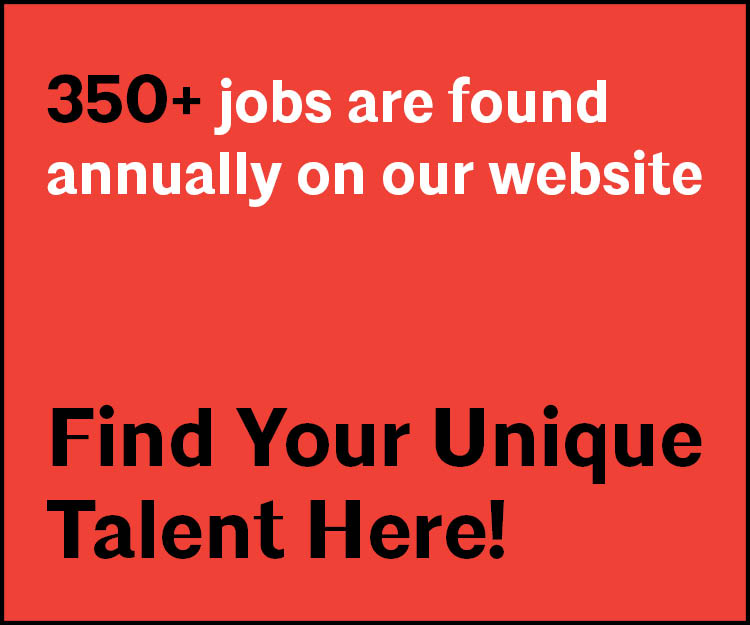I Am AIA:
Myer Harrell AIA
ExpandMyer's work as a Principal/Director of Sustainability at Weber Thompson is primarily in urban mid-rise, mixed-use multifamily and commercial office projects with ambitious environmental goals. He was named the AIA Seattle Young Architect 2011, and has been active in the local community through volunteer work on various boards and committees. He has co-instructed architecture studios at the UW, and is an engaged member of the Greenbuild Program Working Group.
Why did you join AIA Seattle?
I first got involved with AIA Seattle through the Practice & Ethics committee, after taking an architectural ethics course at the University of Washington toward my Master of Architecture degree. I found it to be a way to contribute to a valuable dialogue, and once I became a member I soon discovered the other benefits – attending seminars, Honor Awards, AIA COTE events, and using AIA national resources as well.
What is the value of AIA to you?
For me, AIA, is a support network, a safety net, and a home base to connect with architects wrestling with similar questions, to celebrate our achievements. It’s also a great source for continuing education to stay current with a fast-evolving industry, for advocacy at the local, state, and national level, and as an interface with the broader community.
What project are you working on now?
I am doing construction administration for a boutique, sustainable office project in Fremont showcasing energy efficiency and very progressive stormwater mitigation, and in the early design phase for a similar office project. I am also updating the firm’s Sustainability Action Plan and working on a few firm wide initiatives such as portfolio tracking for the AIA 2030 Commitment, and improvements to our own office space in the Terry Thomas building — observing and influencing human behavior to take a high-performance building even further toward energy reduction goals.





